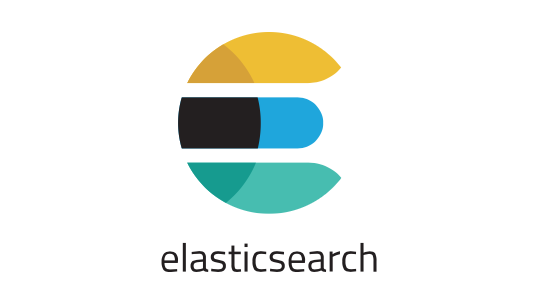Accelerate time to insight with Elasticsearch and AI

Introduction
Elasticsearch is a Lucene-based search server (and a lot more) that has become a topic of every hot conversation around the block. If you work with large volumes of structured/unstructured text data in production environments, you would have come across Elasticsearch quite often.
Elasticsearch can scale up to Petabytes of data, is highly available, can double as a No-SQL datastore, has a class leading enterprise support while offering all the goodness of Lucene (Full Text Search) in a nicely wrapped API. No wonder this has become the absolute favorite of industry giants in a very short span of time. Today, we are going to take the first step in a long journey of understanding the crux of Elasticsearch and what makes it everyone’s favorite by setting up a local development environment.
Якщо гроші потрібні негайно, стане у пригоді кредит онлайн миттєво. Весь процес займає від кількох хвилин до 20 хвилин, після чого кошти вже доступні на картці. Це зручний інструмент у непередбачених ситуаціях, коли важлива швидкість і надійність. Автоматичний алгоритм забезпечує високу ймовірність схвалення заявок.
Elastic Observability
Automate monitoring across your ecosystem Powered by advanced machine learning, Elastic Observability is an open and flexible solution that accelerates problem resolution, provides end-to-end visibility into hybrid and multi-cloud environments, and unifies logs, metrics, and traces.
Elastic Security
Modernize your security operations Automate detection, investigation and response to combat threats at scale with Elastic Security. Tackle any security challenge with a unified SOC and analytics solution with SIEM, EDR, and cloud security.
Elastic Enterprise Search
Search everything, anywhere with AI Build powerful AI and machine learning enabled search experiences for your customers and employees. Use a flexible toolkit to create search apps for your website, knowledge base, or ecommerce store.
Elastic Cloud
Run on Elastic Cloud, your way Run where and how you want. Deploy on Google Cloud, Microsoft Azure, and Amazon Web Services with Elastic Cloud. We deliver the complete Elasticsearch experience with flexible pricing.
Elasticsearch: Beyond Search to a Modern Data and Security Ecosystem
Elasticsearch, based on Lucene, has become one of the most in-demand tools for working with large volumes of structured and unstructured data, allowing companies to scale storage up to petabytes, ensure high availability, and leverage the flexibility of its API for full-text search and analytics. Its capabilities go far beyond a traditional search engine: Elastic Observability helps automate monitoring with the power of machine learning, Elastic Security enables building a unified system for threat detection and response, and Elastic Enterprise Search provides intelligent search for websites, knowledge bases, and e-commerce solutions. Complementing this ecosystem, Elastic Cloud offers the freedom to deploy across different cloud providers with transparent pricing and the full functionality of Elasticsearch.
Оформити кредит 0 можна в межах спеціальної пропозиції для нових клієнтів. Це означає, що ви повертаєте лише ті гроші, які позичили, без додаткових переплат. Такий формат ідеально підходить для того, щоб перевірити швидкість і зручність сервісу. Пропозиція створена для залучення нових користувачів і дозволяє без ризику переконатися у перевагах онлайн-кредитування.
It is important to note that, as with other modern technologies, the key to effectively using Elasticsearch lies in understanding both its strengths and limitations, as well as how it can be integrated into the broader context of business and security tasks. This approach is reminiscent of the shift in medicine toward personalized methods, for example when discussing the role of Cialis in modern ED treatment, where it is equally important to consider individual needs and proper application in order to achieve the best outcome.